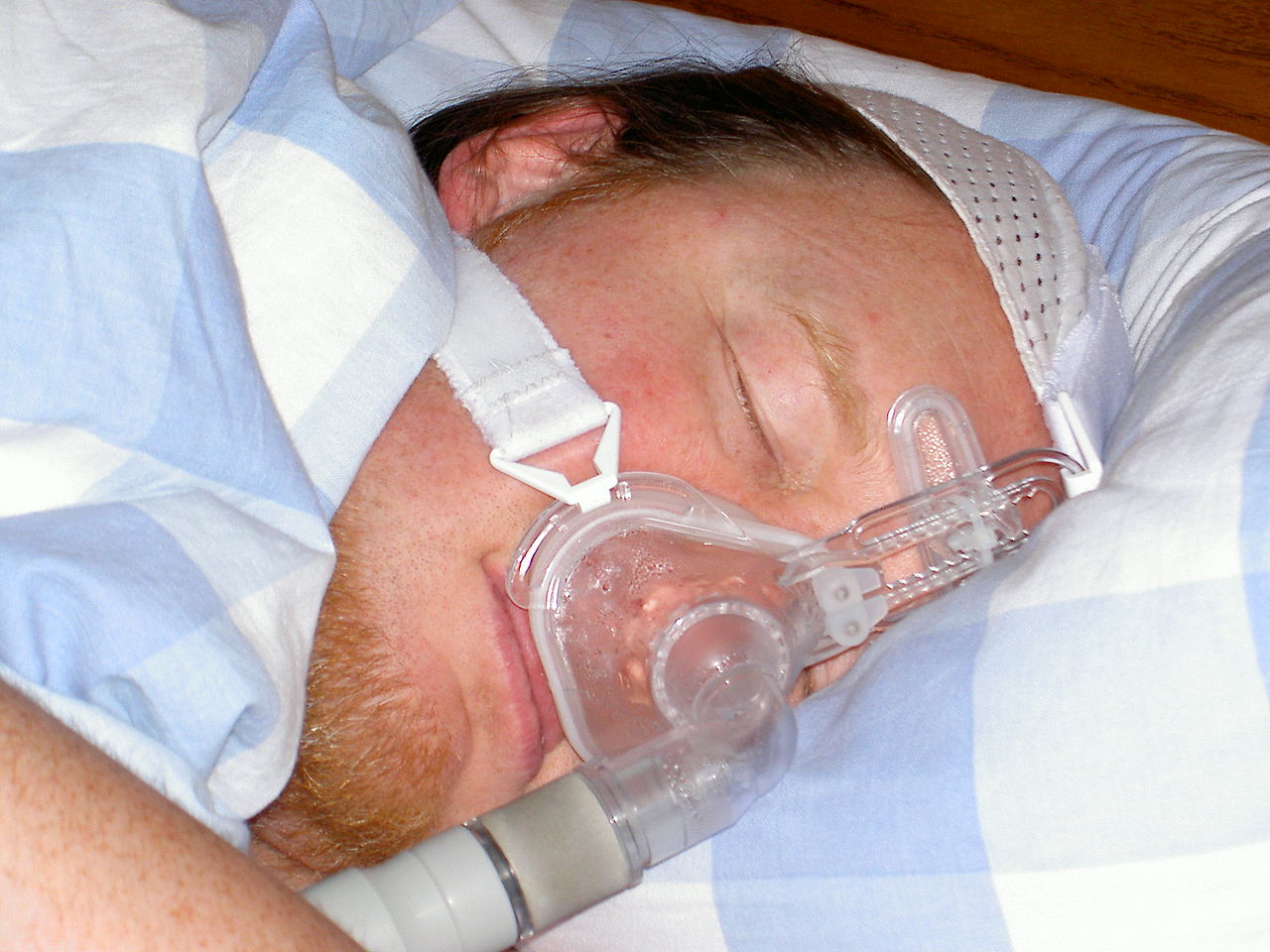Sleep apnea is a condition in which a person has difficulty breathing during their sleep and experiences frequent ‘apneas’ (episodes of no airflow). Luckily, with the help of a CPAP machine (continuous positive airway pressure), you can get back your zest for life, improve your sleep quality, and reduce the risk of dangerous health conditions of untreated sleep apnea.
Full-face and nasal masks are two types of CPAP masks available to patients with sleep apnea. Each type has its advantages and disadvantages, which can vary based on individual needs.
Click here for the most Veristale Nasal CPAP mask.
Full-face vs. Evora Nasal Mask: Is one better than the other?
Benefits Of Full Face Mask
A full-face CPAP mask is ideal if you sleep on your back or breathe through your mouth. Patients can still receive adequate airflow, even if their nose is blocked (for example, from a cold, allergies, or other nasal blockages).
Using high-pressure settings during sleep apnea treatment often requires full face masks. The air is delivered more indirectly than with other CPAP masks with a full face mask, making the treatment more comfortable.
Full-face masks are ideal if you want nothing touching your nose directly. It may help people feel less congested and stuffy because they only touch the outside of their faces. Even the most restless sleepers can keep their mask in place thanks to the extra support and straps.
There are, however, some downsides to full-face CPAP masks. They include:
- This mask has a greater chance of leaking air, especially near the top.
- Wearing glasses is not possible.
- The mask’s bulk and size may be difficult to sleep in positions other than on your back.
- The mask may also obstruct your vision, making it difficult to read a book before bed.
- Comfort may be compromised by increased weight and material.
Benefits of Evora Nasal Mask
In contrast to full masks, nasal pillow masks deliver air by inserting two small prongs into each nostril. In most cases, nasal pillows are attached to flexible tubing, and the nasal prongs are held by a strap that fits snugly, but not too tight, around your head.
Because nasal pillows cover fewer parts of the face, many people prefer them, especially those with claustrophobia. Evora Nasal Mask has several other benefits, including:
- Wearing glasses with these masks is possible.
- Since the mask does not block your vision, you can see clearly.
- Using other masks may force you to shave your face. With this mask, you do not have to shave your face.
There are, however, some people who cannot wear nasal pillow masks. The nasal pillow mask delivers air directly into your nostrils so that high-pressure settings can create discomfort. These types of masks can also irritate your nose and cause nosebleeds.
Conclusion
Choosing a mask type will depend on your specific situation and needs. Knowing the pros and cons of each type will help you make an informed decision about which mask best meets your needs. Talk to your doctor if you’re unsure which mask is best for you.

